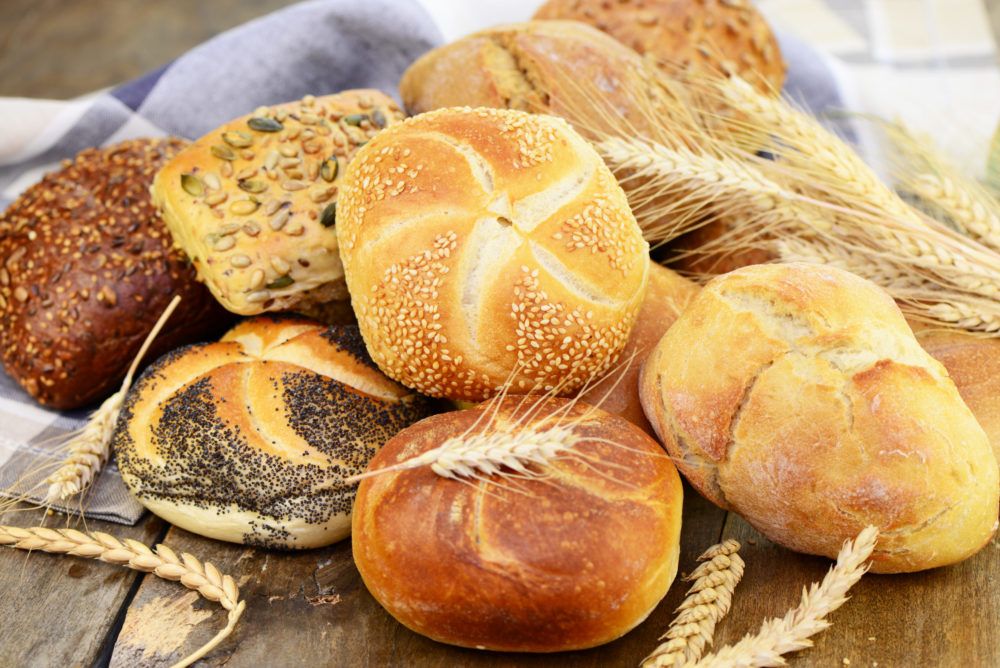
Decrease in the consumption of whole grains
The fact that a clear distinction must be made between whole grain and white flour products when consuming grains and grain products is clear from our blog posts on this topic. On the one hand, the nutrient and fiber content of whole grain products is much higher than that of products made from white flour. [1] This, in turn, may result in longer satiety and a beneficial effect on the body’s health. On the other hand, whole grain cereal products are also recommended by nutrition societies. [2]
But how did it come about in the first place that people began to produce nutrient-poor white flour instead of whole-grain flour at the beginning of the 20th century? The answer is: to extend the shelf life of the flour. This is because the germ and parts of the marginal layers of a cereal grain are more nutritious, but also more easily perishable. Thus, only the endosperm was ground into white flour. Since this involved a lot of work, the selling price increased. White flour became a product that only “higher social” classes could afford and was considered the healthier version of flour. What presented itself as a status symbol back then has become an inexpensive mass product today.
If we look at cereal consumption in Germany, for example, we see that it has fallen steadily and with it that of whole grains. While in 1750 the annual per capita consumption of cereals was 255 kg – of which 95% were whole grains – 200 years later (1950) the annual per capita consumption was only 99 kg, of which 30% were whole grains. In 2015, people in Germany ate 80 kg of grain per capita/year. The percentage of whole grains was 11%.
As we can see, the actual state of whole grain consumption does not correspond to what nutrition societies recommend. Therefore, it is in our interest, among other things, to provide knowledge about whole grain flour, which is rich in nutrients and fiber. And with our
Salzburg grain mills
you can grind your own wholemeal flour fresh every day.
Rittenau, N. (2019): Goodbye vegan cliché! Scientific answers to critical questions about vegan nutrition. Mainz: Ventil Verlag UG & Co. KG, pp. 238-240
[1] https://agrisan.at/de/naehrstoffgehalte-von-vollkorn-und-nicht-vollkorngetreideprodukten-im-vergleich/
[2] https://agrisan.at/de/getreideprodukte-aus-vollkorn-von-oege-und-dge-empfohlen/
Address:
Gasteigweg 25,
5400 Hallein
Austria
Opening hours:
Monday to Thursday: 09 – 16:00
Friday: 09 – 12:00
Contact:
Phone: +43 6245 83282
E-mail: info@agrisan.at
Address:
Gasteigweg 25,
5400 Hallein
Austria
Opening hours:
Monday to Thursday: 09 – 16:00
Friday: 09 – 12:00
Contact:
Phone: +43 6245 83282
E-mail: info@agrisan.at

